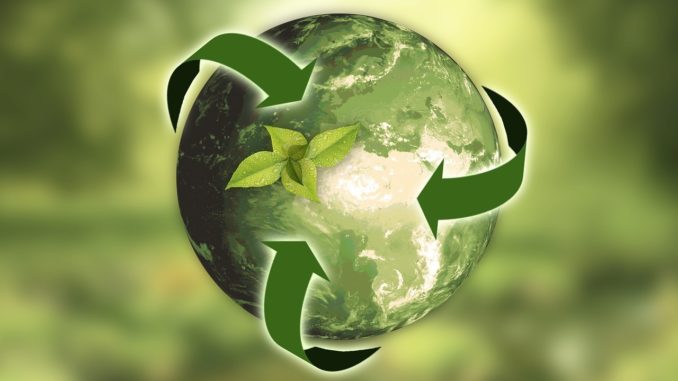
Many companies across the globe are attempting to develop sustainable packaging materials to reduce environmental impact. However, developing the materials required is a time-consuming and expensive process, and companies need to build flexibility into their supply chain while regularly updating consumers on their progress to remain in the competition, according to GlobalData.
The company’s report, ‘Innovation Scenarios in Sustainable Packaging Materials’, reveals that two-thirds of consumers across the globe think that living an ethical or sustainable lifestyle is an important aspect in developing a feeling of well-being. This increased focus on environmental impact is creating new opportunities for the manufacturers of sustainable packaging materials.
Mayu Teeven, associate analyst of FMCG at GlobalData, says: “Pressure from governments and consumers is forcing companies to better track the environmental impact of their packaging. However, concerns remain over cost, barrier properties and product safety, product functionality, and scalability that must be addressed for sustainable materials to increase their market share.”
While analysing the packaging landscape, the report states that glass packaging is seen as environmentally friendly yet inconvenient. On the other hand, even though the growth of flexible packaging across many categories is driven by cost and convenience, it will come under threat due to the negative sustainability credentials many plastics have.
GlobalData has identified micro fibrillated cellulose, polyvinyl alcohol, ethylene vinyl alcohol and polyethylene furanoate as the materials that impact innovation in sustainable packaging markets. MFC specifically is a 100% renewable material based on cellulose fibres extracted from wood. While the use of MFC is currently niche and severely limited by production capability, GlobalData found that it has the potential to replace existing paper and board in food and drink cartons.
Teeven explains: “Consumers in regions such as Asia-Pacific are used to drinks being served in a carton format, which means there will be fewer obstacles to increasing adoption.
“EVOH, which is mainly made up of carbon, oxygen and hydrogen, is relatively common in East Asian markets such as Japan. It is suited for a wide range of applications, but its environmental benefits can be hard to communicate to consumers as it may not be biodegradable.”
Teeven concludes: “The biggest challenge for producers is to convince consumers that these sustainable packaging materials are worth the cost. Although there are long-term savings to be made by manufacturers moving to more sustainable materials, in the short term prices will likely need to increase to cover the research and development costs of developing new materials and upgrading machinery in factories to work with the new packs.”

Be the first to comment